Installation
Jim Shaw
February 15–March 26, 2022
Gagosian, Beverly Hills
In anticipation of his first solo exhibition at the gallery in 2023, Gagosian, Beverly Hills, is pleased to present a selection of works by Jim Shaw, who joined the gallery in 2021.
Over the past thirty years, Shaw has built connections between his own psyche and America’s larger political, social, and spiritual histories, finding inspiration in comic books, pulp novels, rock albums, protest posters, and thrift store paintings. Blending the personal, the commonplace, and the uncanny, Shaw’s works frequently place images of friends and family in dialogue with world events, pop culture, and alternate realities, often unfolding in extended narrative cycles. His ongoing project Oism, begun in the late 1990s, is an artistic attempt to maintain a functioning religion, complete with its own symbols and traditions.
Among the wide sampling of works on view in Beverly Hills are entries in Shaw’s series Dream Drawings (1992–99), which presents uncanny scenes derived from the artist’s own dream life, and Dream Objects (1994–), which manifests selected items from these nocturnal visions as bizarre, cartoonlike sculptures. Examples of the latter here include Hair House (2013), in which a small model dwelling is held aloft by long brown tresses, and Nose Sculpture Wall Sconce (Latino) (2007), a giant schnoz with light pouring from its flared nostrils. Among the paintings on view are Haunted House (2016), in which a tall building emits a speech bubble filled with rows of the repeated exclamation BOO!, and A Good Republican Cloth Coat (2019), which places a leering Richard Nixon in the equally unsettling company of a circus clown.
Share
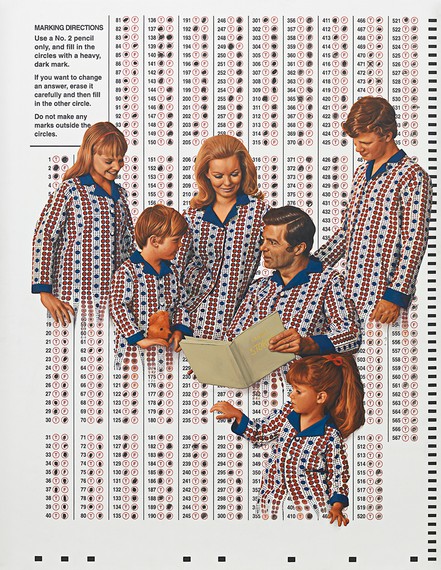
Jim Shaw, Family Stories, 2019 © Jim Shaw
Related News
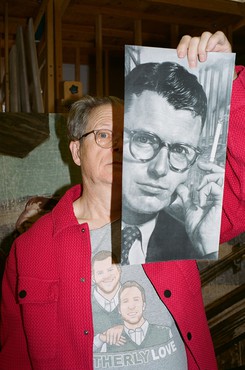
Screening and Talk
Jim Shaw’s Monsters
Sunday, July 23, 2023, 2–9pm
Brain Dead Studios, Los Angeles
studios.wearebraindead.com
In collaboration with Kaleidoscope, Jim Shaw has curated a film program titled Monsters to celebrate his cover story in the spring/summer 2023 issue of the magazine. Held at Brain Dead Studios—an experiential space hosted in a former silent movie theater—this spine-chilling program stems directly from the artist’s childhood memories, featuring three horror movies that embrace the surreal, the sci-fi, and the supernatural. To kick off the screenings, Shaw will be in conversation with Gagosian director Jessica Beck to discuss his recent paintings, which reanimate mythological themes through incidents from political history and popular entertainment. The works were shown at Gagosian, Beverly Hills, and will be documented in an exhibition catalogue featuring an essay by Beck to be published in August 2023. The event is free to attend.
2pm: Jim Shaw in conversation with Jessica Beck
3pm: The Electronic Monster (1958), directed by Montgomery Tully
5pm: The Mask (1961), directed by Julian Roffman
7pm: 13 Ghosts (1960), directed by William Castle
Jim Shaw. Photo: Max Farago
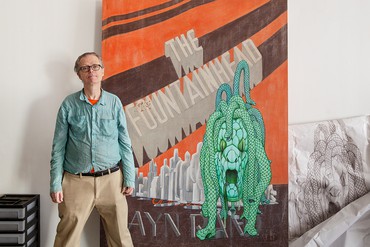
Artist Spotlight
Jim Shaw
November 16–22, 2022
Since the 1970s, Jim Shaw has responded to American cultural history through painting, drawing, and sculpture. He draws from sources as wide-ranging as comic books, pulp novels, rock albums, protest posters, and amateur paintings. Often unfolding in extended narrative cycles, Shaw’s works juxtapose images of friends and family with those depicting world events, pop-cultural phenomena, and alternative realities, blending the personal, the commonplace, and the visionary.
Photo: LeeAnn Nickel
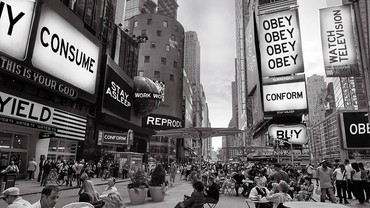
Screening
Jim Shaw Selects
October 12–27, 2021
Metrograph, New York
metrograph.com
Jim Shaw is presenting a selection of conspiracy-minded cinema at Metrograph in New York, inaugurating a new artist-programmer-in-residence series copresented by Gagosian and Metrograph in the theater and online. Jim Shaw Selects will feature six films that kept the artist uneasy company during the paranoiac pandemic time. To attend a screening, purchase tickets at metrograph.com.
Still from They Live (1988), directed by John Carpenter

Francesca Woodman
Ahead of the first exhibition of Francesca Woodman’s photographs at Gagosian, director Putri Tan speaks with historian and curator Corey Keller about new insights into the artist’s work. The two unravel themes of the body, space, architecture, and ambiguity.
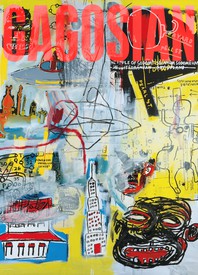
Now available
Gagosian Quarterly Spring 2024
The Spring 2024 issue of Gagosian Quarterly is now available with a fresh cover design featuring Jean-Michel Basquiat’s Lead Plate with Hole (1984).
Simon Hantaï: Azzurro
Join curator Anne Baldassari as she discusses the exhibition Simon Hantaï:Azzurro, Gagosian, Rome, and the significance of blue in the artist’s practice. The show forms part of a triptych with Gagosian’s two previous Hantaï exhibitions, LES NOIRS DU BLANC, LES BLANCS DU NOIR at Le Bourget in 2019–20, and Les blancs de la couleur, la couleur du blanc in New York, in 2022.

Sofia Coppola: Archive
MACK recently published Sofia Coppola: Archive 1999–2023, the first publication to chronicle Coppola’s entire body of work in cinema. Comprised of the filmmaker’s personal photographs, developmental materials, drafted and annotated scripts, collages, and unseen behind-the-scenes photography from all of her films, the monograph offers readers an intimate look into the process behind these films.
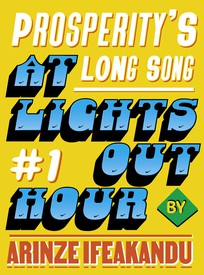
Prosperity’s Long Song #1: At Lights-Out Hour
We present the first installment of a four-part short story by Arinze Ifeakandu. Set at the Marian Boys’ Boarding School in Nigeria, “Prosperity’s Long Song” explores the country’s political upheavals through the lens of ancient mythologies and the mystical power of poetry.

Mount Fuji in Satyajit Ray’s Woodblock Art, Part II
In the first installment of this two-part feature, published in our Winter 2023 edition, novelist and critic Amit Chaudhuri traced the global impacts of woodblock printing. Here, in the second installment, he focuses on the films of Satyajit Ray, demonstrating the enduring influence of the woodblock print on the formal composition of these works.

Adaptability
Adam Dalva looks at recent films born from short stories by the Japanese writer Haruki Murakami and asks, What makes a great adaptation? He considers how the beloved surrealist’s prose particularly lends itself to cinematic interpretation.

Vladimir Kagan’s First Collection: An Interview with Chris Eitel
Chris Eitel, Vladimir Kagan’s protégé and the current director of design and production at Vladimir Kagan Design Group, invited the Quarterly’s Wyatt Allgeier to the brand’s studio in New Jersey, where the two discussed the forthcoming release of the First Collection. The series, now available through holly hunt, reintroduces the first chair and table that Kagan ever designed—part of Eitel’s efforts to honor the furniture avant-gardist’s legacy while carrying the company into the future.

Game Changer: Alexey Brodovitch
Gerry Badger reflects on the persistent influence of the graphic designer and photographer Alexey Brodovitch, the subject of an upcoming exhibition at the Barnes Foundation, Philadelphia.

Outsider Artist
David Frankel considers the life and work of Jeff Perrone, an artist who rejected every standard of success, and reflects on what defines an existence devoted to art.

Goetheanum: Rudolf Steiner and Contemporary Art
Author and artist Ross Simonini reports on a recent trip to the world center of the anthroposophical movement, the Goetheanum in Switzerland, exploring the influence of the movement’s founder and building’s designer Rudolf Steiner on twentieth-century artists.

Duane Hanson: To Shock Ourselves
On the occasion of an exhibition at Fondation Beyeler, novelist Rachel Cusk considers the ethical and aesthetic arrangements that Duane Hanson’s sculpture initiates within the viewer.
